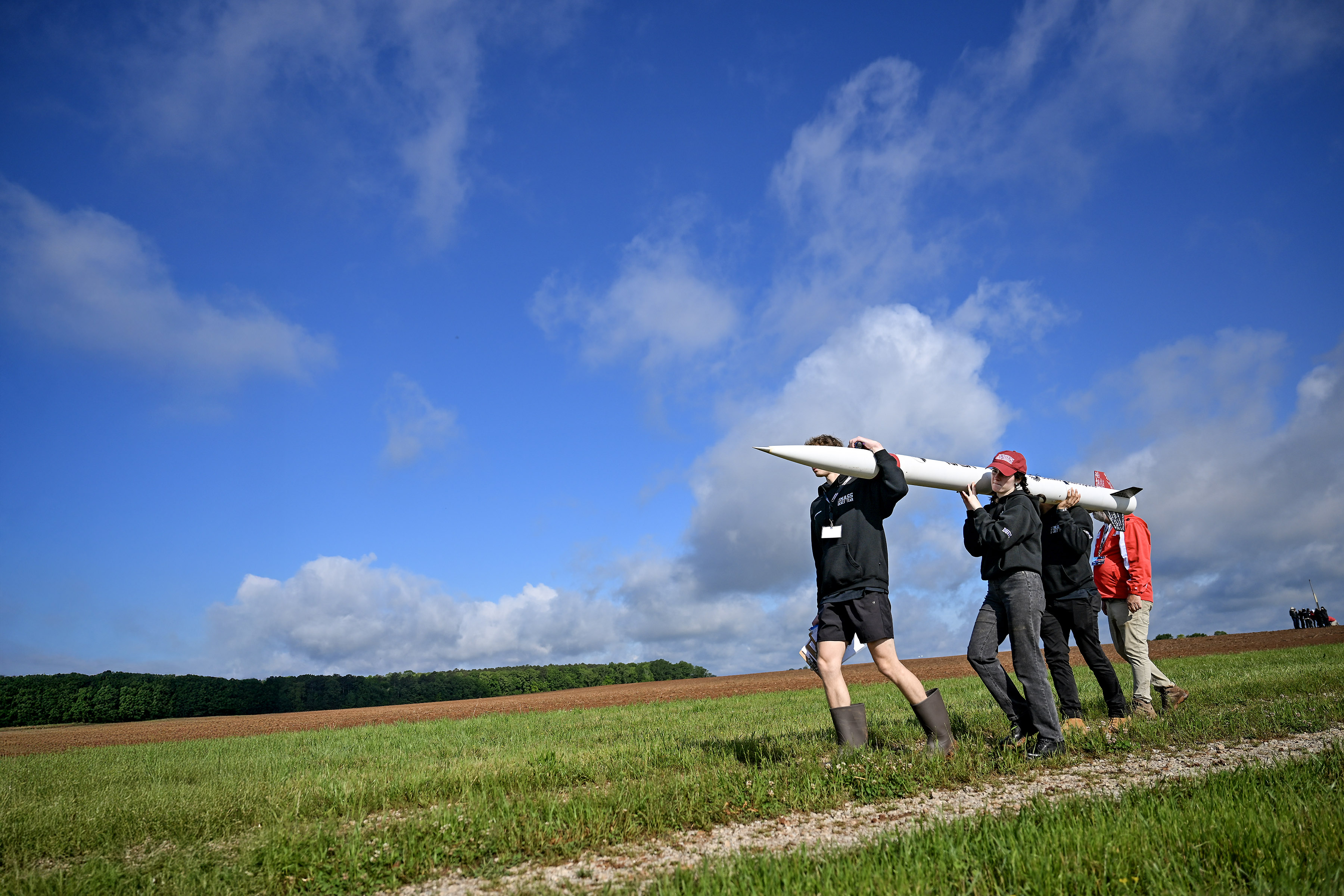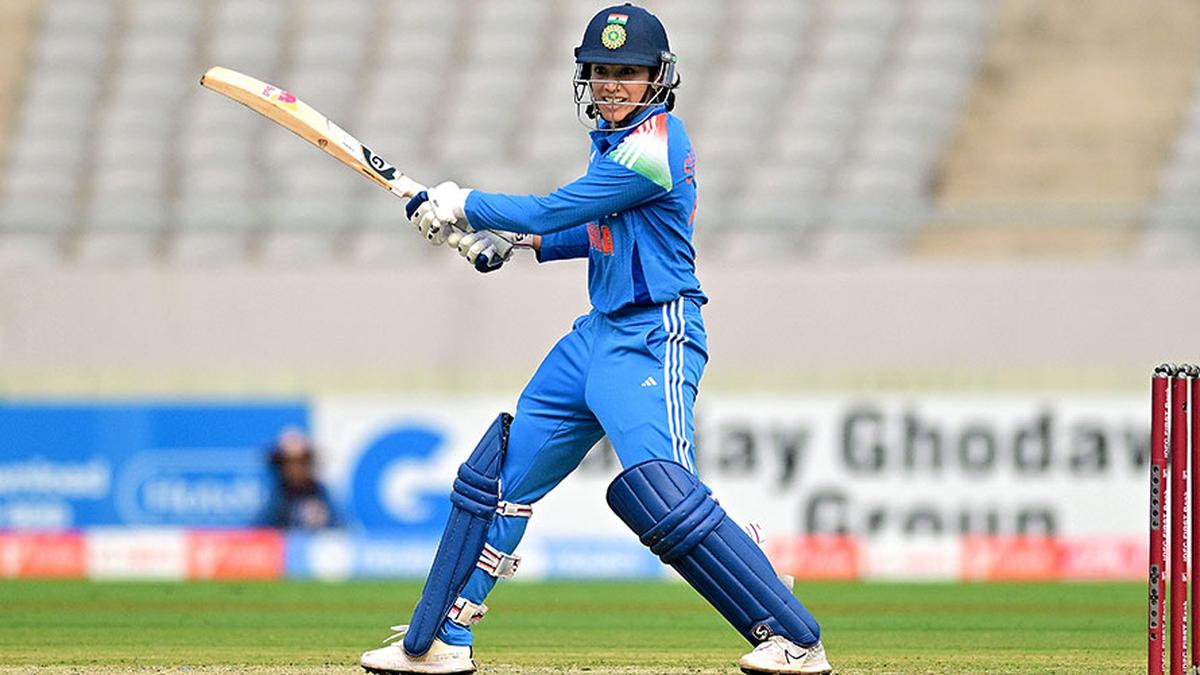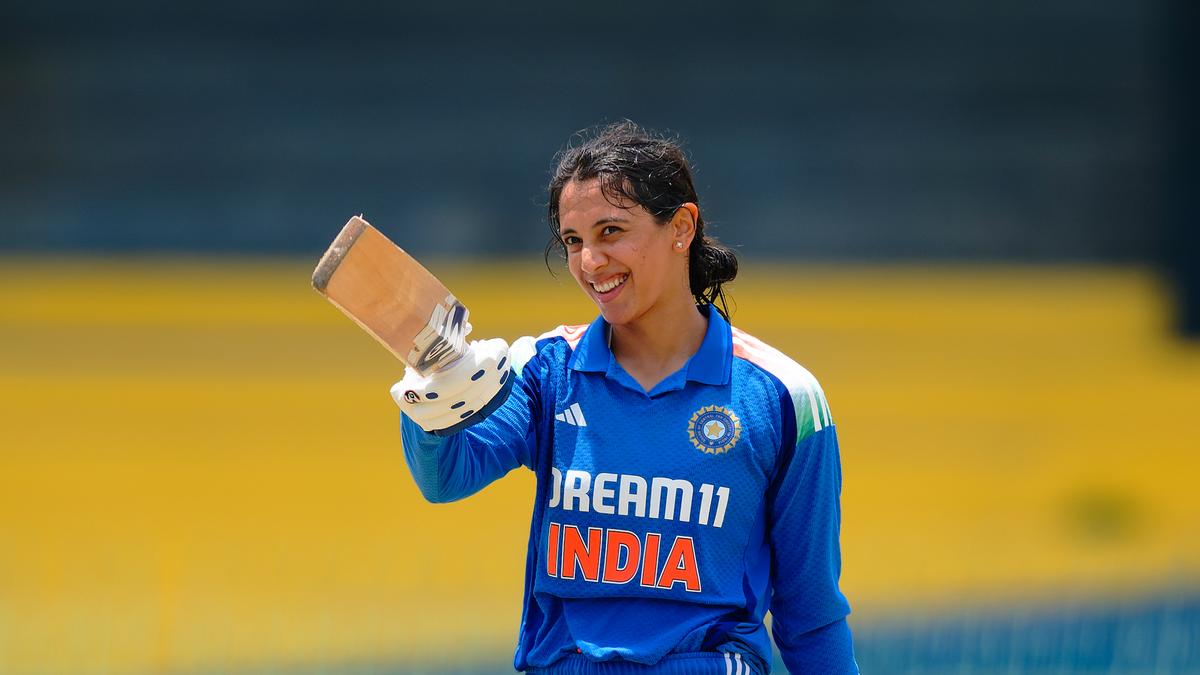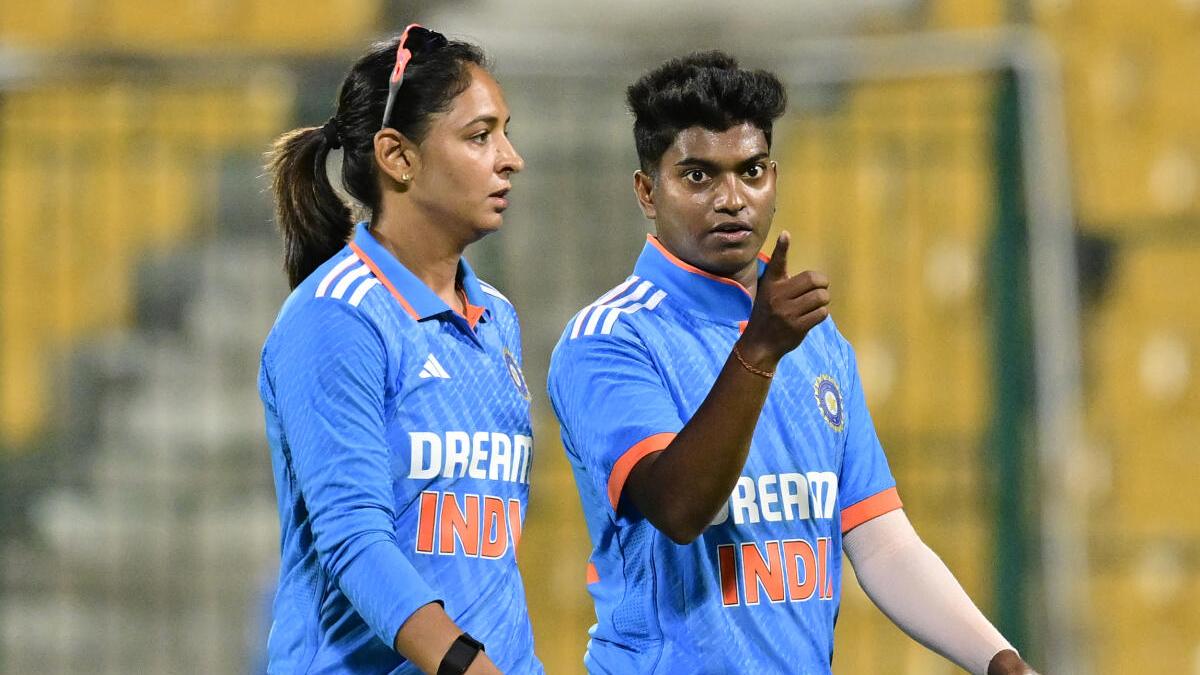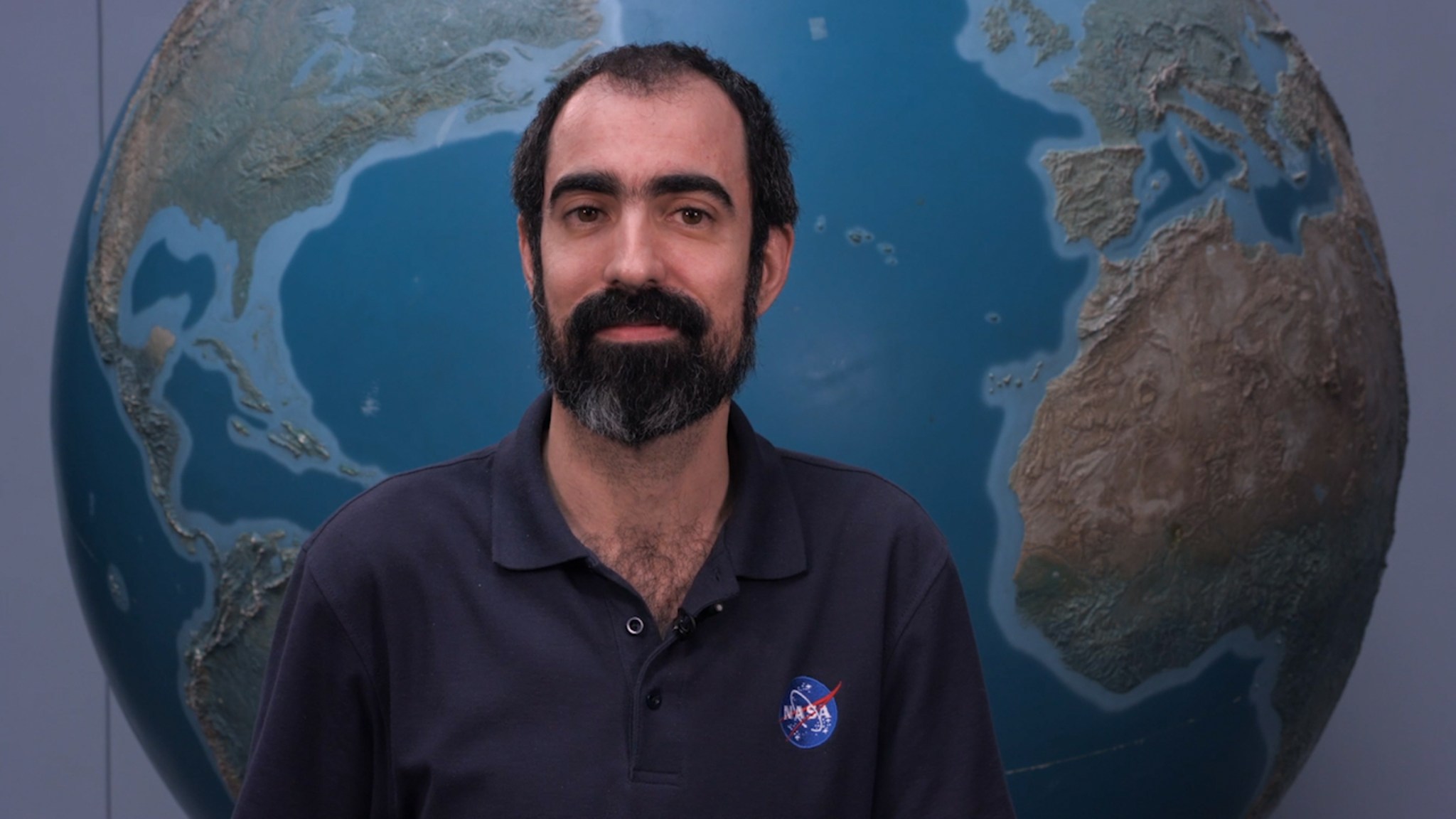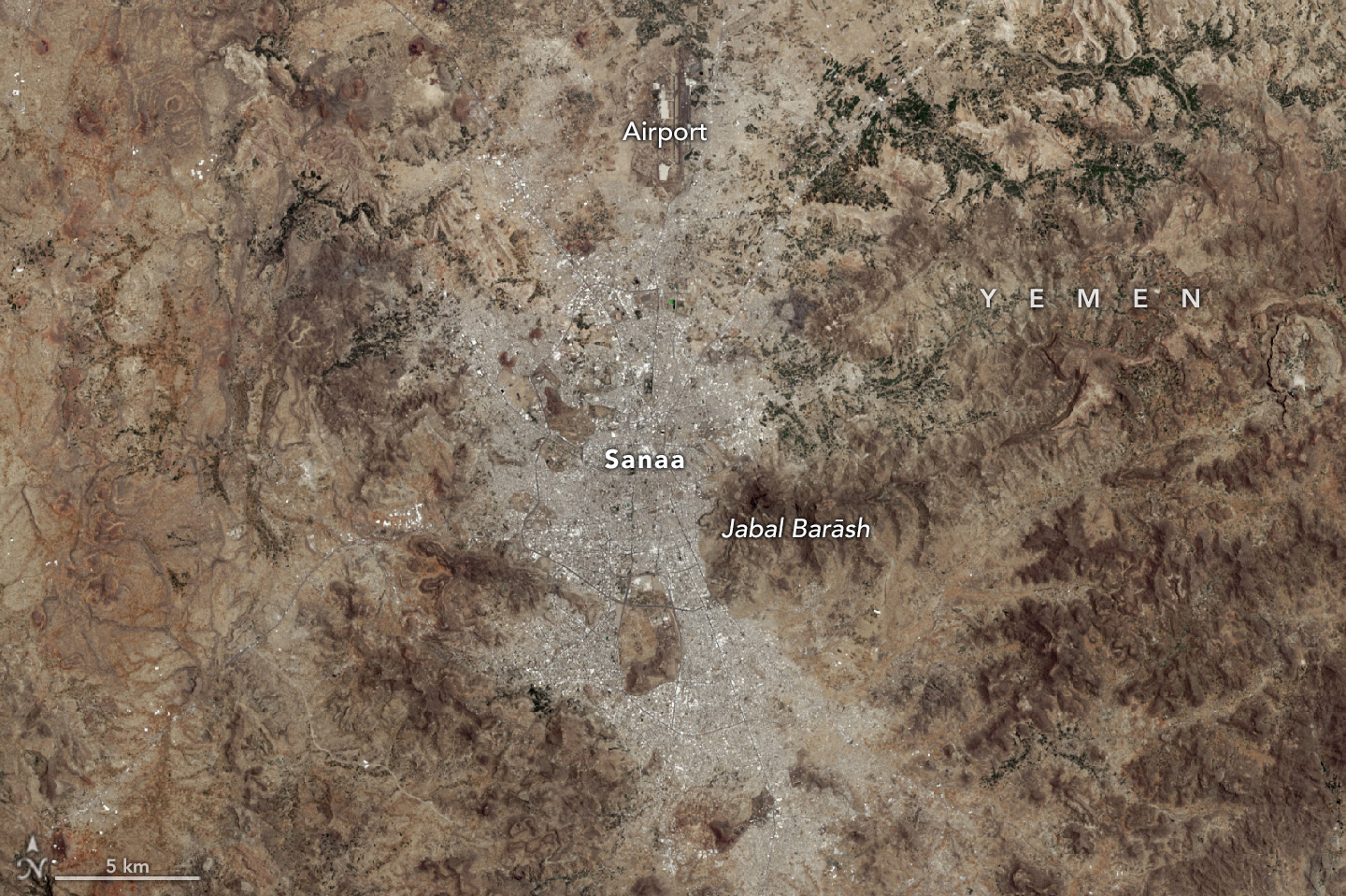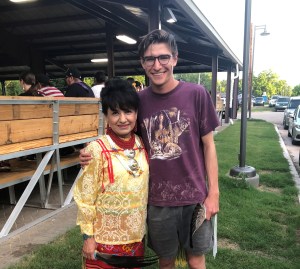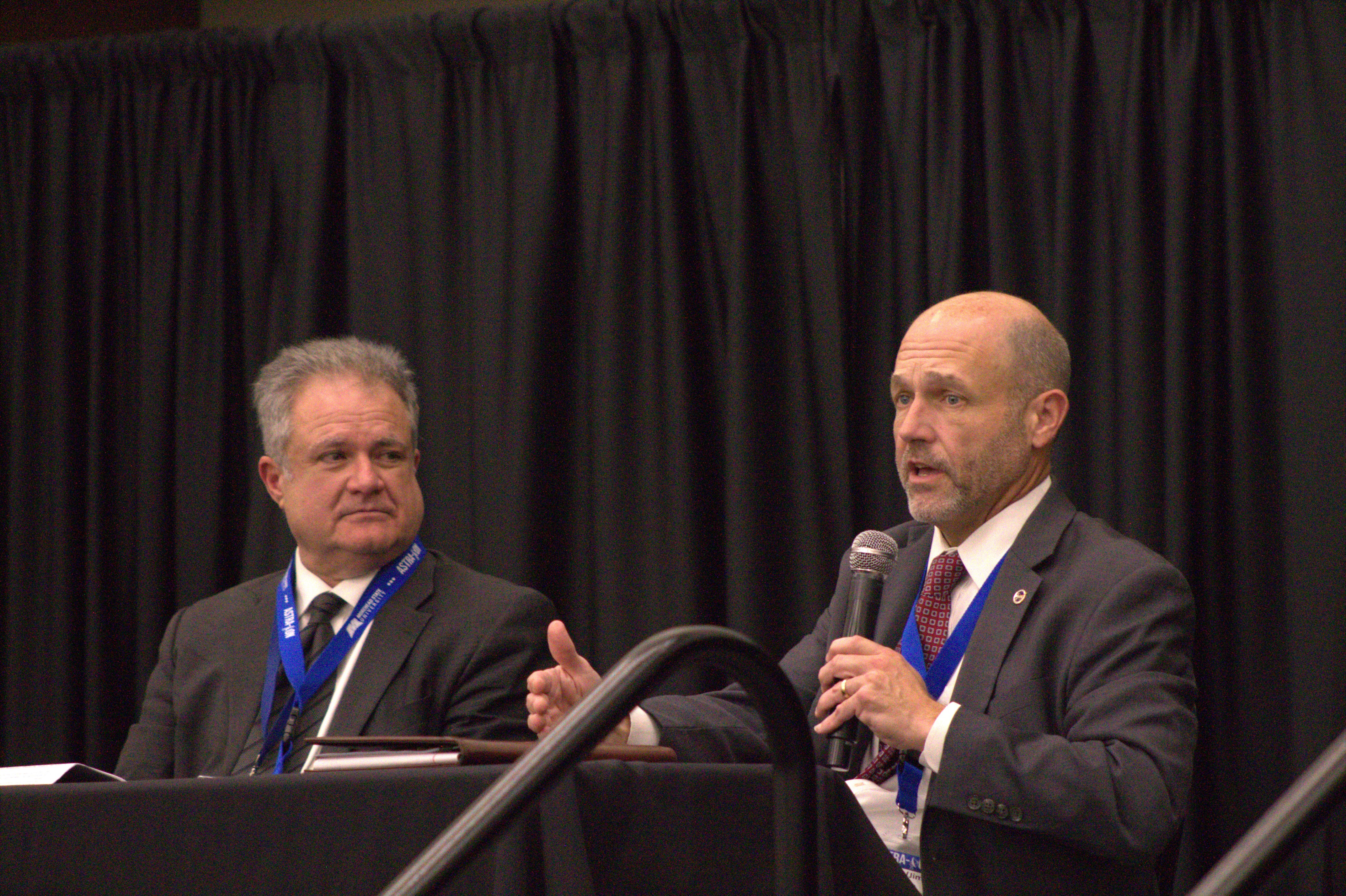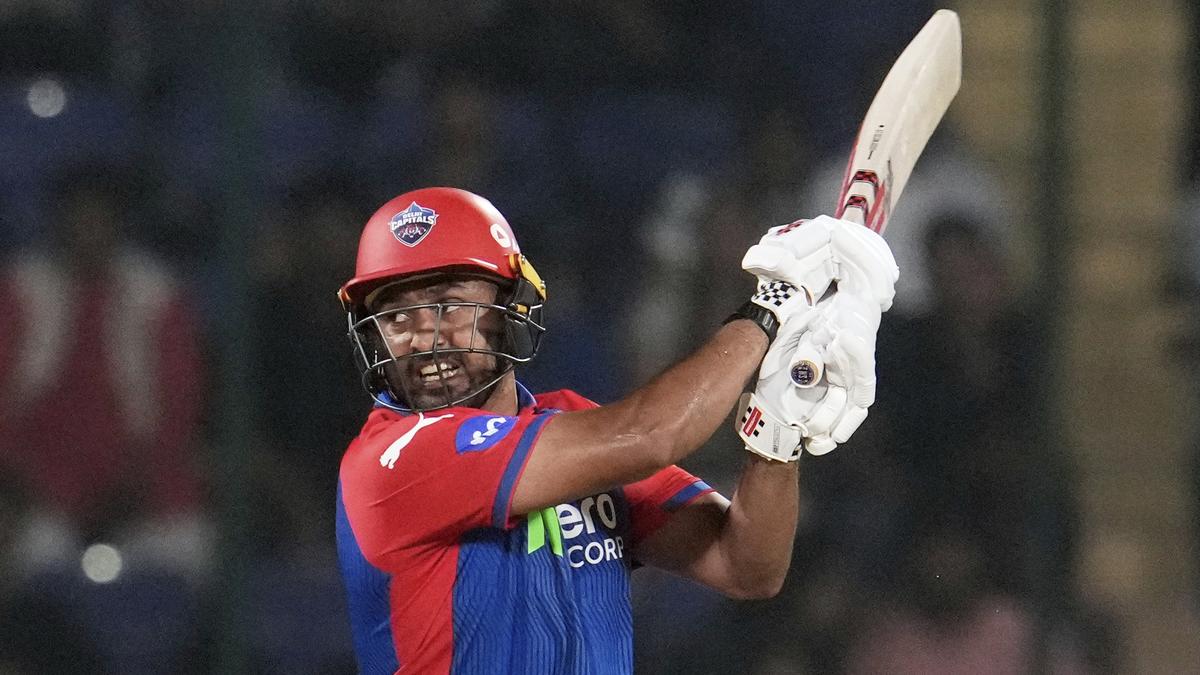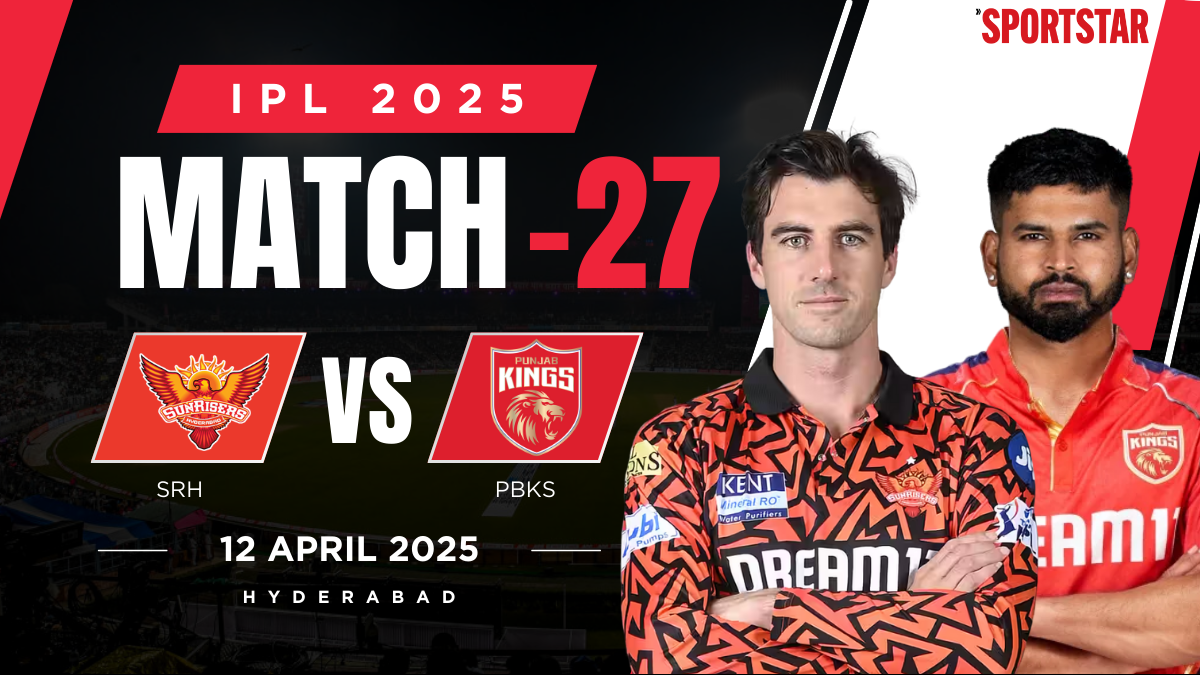Alfonso Delgado Bonal Has His Head in the Clouds — for Research
Research scientist Alfonso Delgado Bonal makes important discoveries about patterns in cloud movements while thriving within the NASA Goddard family. Name: Alfonso Delgado BonalFormal Job Classification: Research scientistOrganization: Climate and Radiation Laboratory, Science Directorate (Code 613) What do you do and what is most interesting about your role here at Goddard? As a theoretical physicist, […]

6 min read
Preparations for Next Moonwalk Simulations Underway (and Underwater)
Research scientist Alfonso Delgado Bonal makes important discoveries about patterns in cloud movements while thriving within the NASA Goddard family.
Name: Alfonso Delgado Bonal
Formal Job Classification: Research scientist
Organization: Climate and Radiation Laboratory, Science Directorate (Code 613)
What do you do and what is most interesting about your role here at Goddard?
As a theoretical physicist, I study data from the DSCOVR satellite to analyze daytime variability of cloud properties. We are discovering diurnal (daylight) cloud patterns using a single sensor.
What is your educational background?
I have an undergraduate degree in theoretical physics from the University of Salamanca, Spain. I have a master’s in astrophysics from the University of Valencia, Spain, and a second master’s in space technology from the University of Alcalá, Spain. In 2015, I received a doctorate in theoretical physics from the University of Salamanca.
From 2016–2018, I had a postdoctoral fellowship with the Spanish National Research Agency. From 2018–2020, I had a postdoctoral fellowship at Goddard’s Climate and Radiation Laboratory.
I also have an undergraduate degree in economics from the Spanish Open University and an undergraduate degree in law from the University of La Rioja, Spain. I am considering returning to school for a master’s in law to sit for the bar.
What fascinates you about clouds?
As a child, I remember watching clouds moving. I never questioned whether these clouds moved randomly or in a pattern. One day, Sasha Marshak, my supervisor and one of my mentors, asked me to determine if clouds move randomly or in a pattern.
Clouds have a profound impact on our planet. They regulate the Earth’s energy budget. Some clouds reflect radiation that cools our planet while other clouds trap radiation which warms our planet. Cloud behavior is one of the most important factors in regulating climate change.
What is the data from the DSCOVR satellite telling you?
DSCOVR is the only satellite capturing data that shows the entire sunlit part of the Earth at once. The left part of an image is early morning and the right part of an image is nearing sunset. For the first time, we can see how clouds evolve throughout the entire day. Other satellites only capture either a fixed time or a small region of the planet.
We discovered that clouds do not move randomly, they move in patterns. We measure these patterns in terms of cloud fraction (the amount of sky covered by clouds), cloud height and cloud optical thickness. In general, at noon we have the maximum cloud coverage over land and the minimum cloud coverage over sea. Also, at noon, clouds are generally lower and thicker. There is some predictability in the general pattern of cloud movement.
Coming from Spain, what was the most unusual cultural aspect you had to adjust to when you joined your lab?
When I arrived from Spain, my English was not great and I did not understand the cultural aspects. My first email was from Headquarters thanking the whole NASA family. The idea of a work family was something unfamiliar. To me, family meant blood relatives.
After one or two years, I felt that members of my lab were indeed my family. They really care about me as a person and I feel the same about them. We have parties where we do not talk about work, we talk about ourselves and our families. Our lab has people from all over the world, and we all share the same feeling about being part of the NASA family. We have a family at home and also a family at NASA.
Every time I see Sasha, he always asks about my family and about myself before talking about the work. Lazaros Oreopoulos, Sasha’s supervisor, does the same. They really inspire me.
As your mentors, how did Sasha and Lazaros made you feel welcome?
I came here from a different world. I was doing theoretical physics in Spain but my NASA post doc involved data analysis, which is what I am doing now. Sasha also came from a different county and also had a strong mathematical background. I felt that he understood me and the challenges before me. He made me feel extremely welcome and explained some cultural aspects. He made sure that I understood how the lab worked, introduced me to everyone, and invited my wife and me to dinner at his home. He really made me feel part of the NASA family.
Lazaros strikes the perfect balance between being a respected supervisor and acting like family. He always has a winter party for the entire office where everyone brings in homemade food from their country. Our lab has people from many different countries. Lazaros always checks in with me to see how I am doing. He has created a marvelous place where we all feel like family and do great work.
Lazaros and Sasha gave me a chance when they invited me to join their lab. I do not have words to thank them enough for believing in me when I was just a post doc and for guiding me through my career and, most of all, for their incredible advice about life. They are now both family to me.
What advice have your mentors given you?
Both Sasha and Lazaros taught me creativity. They both always ask questions. Even if a question seems at first impossible to answer, eventually you will develop the tools to answer the questions. It was Sasha who asked me if clouds have random behavior or move in patterns. It has taken me a few years to answer his question and now we are making unexpected and important discoveries about clouds.
What do you do for fun?
Now that I have two young children, my fun now is spending as much time as I can with my wife and children. My wife is a biologist and I have learned a lot from her.
What book are you currently reading?
I love reading. I am rereading the “Iliad,” one of my favorites. My favorite book is “The Little Prince.” I read my children a bedtime story every night and now that they are a little older, sometimes they read one to me.
What is your one big dream?
To see my kids have great lives and be happy.
What is your motto?
“If you’re going to try, go all the way.” —Charles Bukowski
By Elizabeth M. Jarrell
NASA’s Goddard Space Flight Center, Greenbelt, Md.
Conversations With Goddard is a collection of Q&A profiles highlighting the breadth and depth of NASA’s Goddard Space Flight Center’s talented and diverse workforce. The Conversations have been published twice a month on average since May 2011. Read past editions on Goddard’s “Our People” webpage.
Share
Details
Related Terms
What's Your Reaction?



















.jpg?#)












